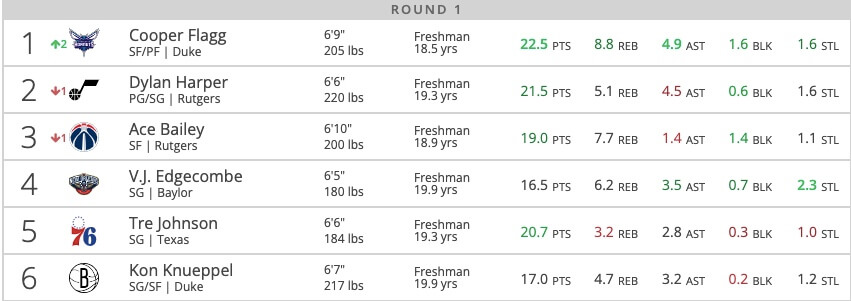
It is a sad state of affairs, but it is more true than not: The 82 games the Toronto Raptors played between late-October and early-April were a prelude to Monday’s NBA Draft Lottery.
With expectations low and winning largely incidental, those games were mostly about evaluating the Raptors’ young players. Barring a massive surprise season, it was clear before the year that the Raptors needed an infusion of top-end talent to reach a higher standing in the Eastern Conference.
Advertisement
The trade for Brandon Ingram could help on that front, but getting lucky on Monday — the Raptors have a 7.5-percent chance of winning the lottery and a 31.9 percent chance of moving up to the top four — would go a long way in improving their long-term outlook.
A reminder: The Raptors finished with the seventh-worst record in the NBA. That means they could pick first, second, third, fourth, seventh, eighth, ninth, 10th or, technically, 11th. With the help of Tankathon’s lottery simulator, I’ve gone through four scenarios and selected for the Raptors accordingly. I have just started to dig into some of the lottery-bound prospects, so take this for what it is — an early look at what could make sense for the Raptors.
Of course, please ignore this when the Raptors trade their pick and, like, six others for Giannis Antetokounmpo.
First scenario: Charlotte wins the lottery, Raptors stay at seventh

The Raptors select at No. 7: Derik Queen, centre, Maryland
Yes, the Raptors go into next week’s lottery slotted in the seventh spot. Yet, they have a much better chance of jumping into the top four or picking eighth (34.1 percent chance, the most likely result) than picking seventh (19.7 percent).
To put that in perspective, the league-worst Utah Jazz won 20.7 percent of their games this year — their chances of winning a game in the regular season were higher than the odds the Raptors stay where they are. Still, it could happen. With lots of time to go, it seems like Cooper Flagg, Rutgers freshmen Dylan Harper and Ace Bailey and Baylor’s V.J. Edgecombe are the players most likely to go in the top four, with some deviation after that. Here, Tre Johnson and Kon Kuneppel go right ahead of the Raptors.
I’m borrowing liberally from The Athletic’s Sam Vecenie’s latest mock draft here. He notes that several observers have connected the Raptors with Khaman Maluach because of Masai Ujiri’s ties to Africa — Maluach is from South Sudan and spent time in the NBA Academy, just as 2024 second-round pick Ulrich Chomche did. However, Queen is a better fit than Maluach around Scottie Barnes, even if his defensive role in the NBA is unknown.
Advertisement
Maluach is a defence-first prospect and likely further away from contributing than Queen. Another player in this range, Illinois guard Kasparas Jakučionis, is a bigger ballhandler with a questionable 3. (Although his excellent free-throw shooting suggests he could become a much better shooter from deep.) That would be a tricky short-term fit for the Raptors.
So, Queen: a multi-skilled offensive big with room to grow on defence. He was the leader with Maryland, and the Raptors badly need a player with offensive tools. Queen averaged 16.5 points and 9.0 rebounds per game, making more than three-quarters of his free throws. He would also provide a short-term chance of pace up front behind Jakob Poeltl. With Barnes, Queen’s defensive shortcomings could be manageable as he progresses.
My very, very early big board for the Raptors, assuming the pick outside of the top four: Tre Johnson, Queen, Kon Knueppel, Maluach, Jeremiah Fears, Jakučionis, Liam McNeely.
Second scenario: Washington wins lottery, Raptors move up to fourth

The Raptors select at No. 4: V.J. Edgecombe, guard, Baylor
Incidentally, this is the same jump the Raptors made to get Barnes in 2021.
My philosophy is the higher up you go in a draft, the more you draft for upside, not need. Luckily, Edgecombe checks both boxes.
He might be the cleanest fit for the Raptors in the lottery — he definitely would be if here were 6-foot-8 instead of 6-5. The Raptors have a lot of plausible options in the backcourt next to Immanuel Quickley in Gradey Dick, Ochai Agbaji and Ja’Kobe Walter, but nobody who has taken that role. Edgecombe could make it a four-way race as early as October, with his athleticism helping the Raptors in transition. Those traits should help him defensively, even if it’s rare that rookies are positives on that end.
Advertisement
It is unknown if he can become a point guard or at least a combo guard. His 78 percent mark from the free-throw line and 34 percent accuracy from 3 suggest a future shooting threat, but that will be tested early in his career. He was not Baylor’s primary playmaker and had 106 assists to 64 turnovers.
He should fit the way the Raptors want to play immediately. However, he is unlikely to help Toronto fix its half-court offence issues early in his career.
Third scenario: San Antonio wins the lottery, Raptors move up to second
![]()
The Raptors select at No. 2: Dylan Harper, guard, Rutgers
Can you imagine Flagg forming a Big Three with Victor Wembanyama and De’Aaron Fox? Frightening stuff, truly.
This would be a great consolation prize for the Raptors. Harper will have to show he can shoot off the dribble, but he projects to be a pick-and-roll operator in the mold of Cade Cunningham. Given Barnes’ best long-term offensive role might be as a screener — this is where Jakob Poeltl’s presence is an issue for now — the fit could be excellent if Harper hits his ceiling.
Harper filled the stat sheet with Rutgers, averaging 19.0 points, 4.6 rebounds, 4.0 assists and 1.4 steals per game. His size should allow him to be a solid defender at worst, with the ability to be disruptive in passing lanes.
It is also easy to imagine Harper starting next to Quickley, getting the former Knick off the ball in the short term, or getting the chance to lead bench units to start his career.
Fourth scenario: Philadelphia wins lottery, Raptors move up to third

The Raptors select at No. 3: Edgecombe, after trying to trade down
Were this to happen, the Raptors passing on Harper’s Rutgers teammate Bailey would be the story. Bailey is a rail-thin, tough-shot taker (and, occasionally, maker). With his size on the wing (6-10), he could absolutely be a Raptors-type prospect.
Advertisement
It is just that they already have Barnes and Ingram. I’m aware that this conflicts with what I just said in the first Edgecombe scenario regarding upside versus need. If the Raptors are planning to go forward with Barnes and Ingram, it becomes difficult to see a path toward a real role. Barnes is a different type of player, but it seems impossible that the presence of Ingram and RJ Barrett won’t block Bailey, thus hurting his trade value.
Bailey is expected to be a longer-term prospect than Harper (and certainly Flagg), and the Raptors clearly want to battle for the playoffs next year. They could do that with Bailey playing a minor role, but it would be easier to do if they were getting something more than an experimental ninth man out of the third pick. Bailey has enough upside that the right team — Utah? Washington? Brooklyn? — could be into a pick swap with some sweetener for the Raptors.
Then again, having the chance to corner the market on athletic Ace Baileys would be a huge moment for Toronto. I’m already starting a petition for Bailey to wear No. 6.
(Photo of V.J. Edgecombe: Sam Hodde/Getty Images)
This news was originally published on this post .




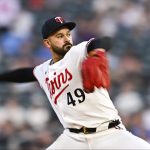

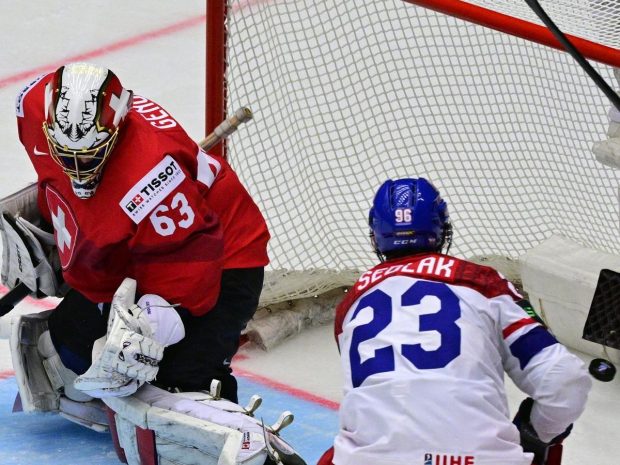
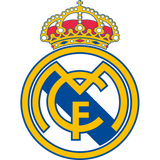
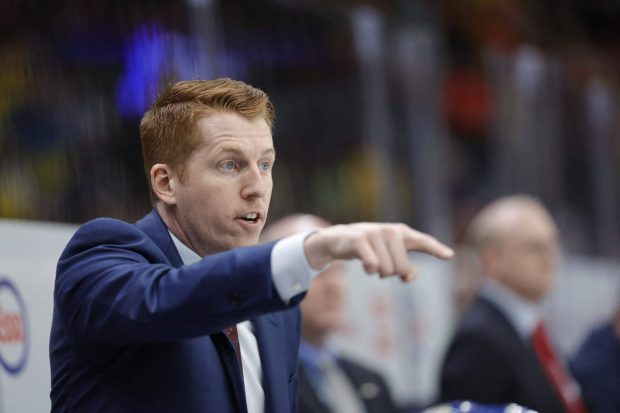
Be the first to leave a comment